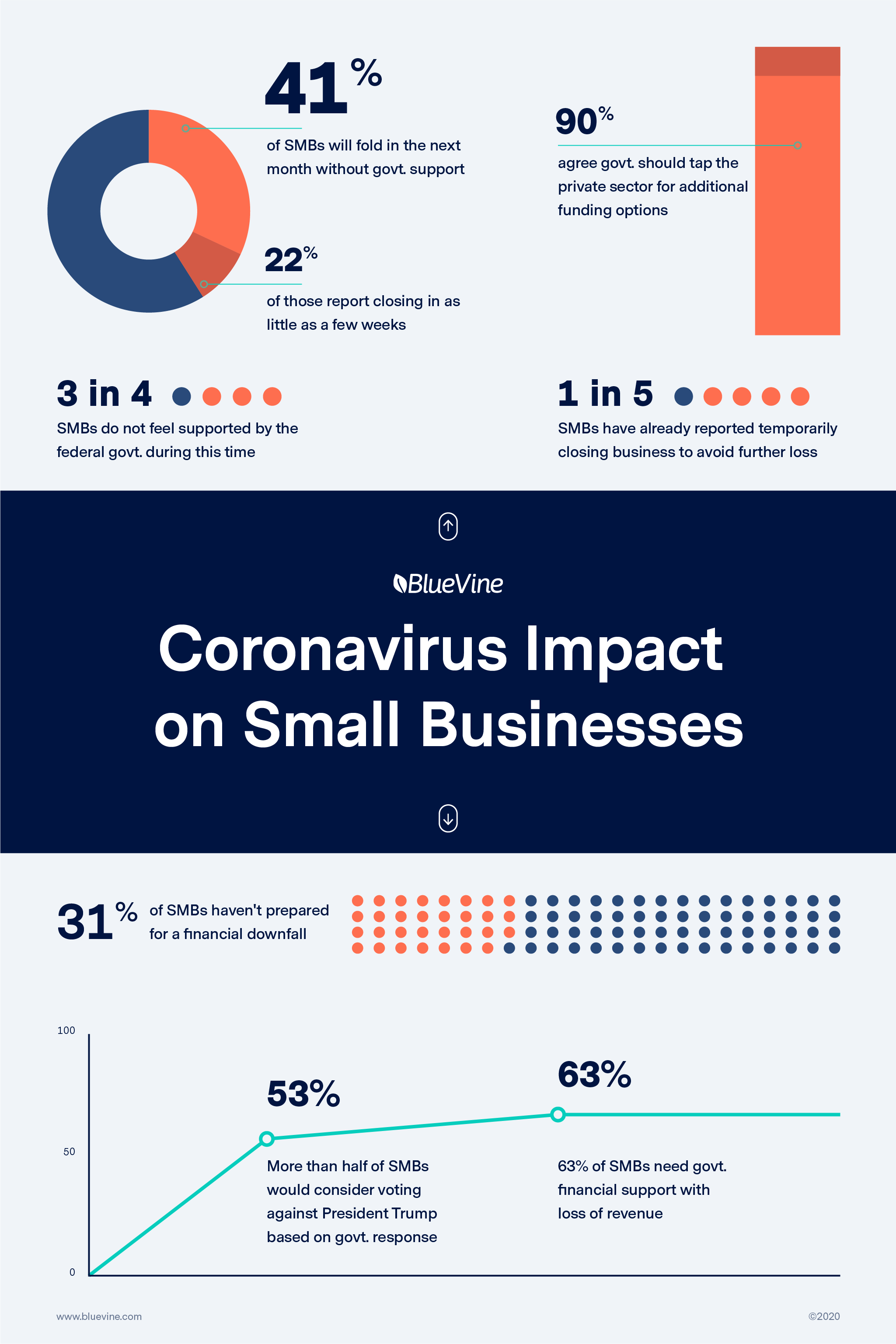The Paycheck Protection Program provides SBA small business First and Second Draw loans that function similarly to grants and incentivize owners to keep workers employed. These loans are eligible for complete forgiveness if 60% of the loan goes toward payroll costs, with the remainder spent on mortgage interest payments, rent and lease payments, certain property damage, essential supplier costs, worker protections, and utilities. Read more on how the program works.
The amount you might receive through PPP
First Draw applicants can qualify for up to $10 million or 2.5x average monthly payroll costs, whichever amount is lower. To calculate your First Draw loan amount as a small business, you’ll need to use the step-by-step business loan calculator provided by the SBA.
Second Draw applicants can qualify for up to $2 million or 2.5x (3.5x for eligible Accommodation and Food services) average monthly payroll costs, whichever amount is lower. To calculate your Second Draw loan amount as a small business, you’ll need to use the step-by-step business loan calculator provided by the SBA.
How to calculate PPP payroll costs by business entity type
Eligible payroll costs for PPP include salary, wage, commission, or similar compensation. You can utilize your 941 form, 940 or 944 form, 1120-S form, 1040 – Schedule C form, or payroll documentation to determine your payroll costs.
DID YOU KNOW?
Documents used will depend on business entity type. See our support article for more information.
If you’re not sure which documents to gather, review the information below to determine the timeframe the documents will need to cover.
U.S. small businesses: The applicable period for an established small business is (1) calendar year 2019 or (2) calendar year 2020. If the entity is not self-employed, it may also use the prior 12 months
First Draw, new small business: Businesses formed after Jun 30, 2019, that apply for First Draw may use one of the above methods, or Jan 1, 2020, through Feb 29, 2020 (2 months)
Second Draw, new small business: Businesses not in operation for all of Feb 15, 2019, to Feb 15, 2020, should use all of the months in operation from 2019 through the end of 2020 to determine their average monthly payroll
Seasonal businesses: The applicable period for a seasonal business that only operates during certain parts of the year is any 12-week period (at the applicant’s discretion) between Feb 15, 2019, and Feb 15, 2020
Not an employer: The applicable period is a full 2019 calendar year unless you are a seasonal business or new business. Sole-proprietors report income on Schedule C (line 31). If you’ve filed Schedule C and 944 forms, add line 31 from Schedule C to lines 1 and 2 from the 944 form
Once you’ve calculated your average monthly payroll cost, multiply it by 2.5 (3.5 for Second Draw food and accommodation services); this number is the maximum loan amount, up to $10 million for First Draws and $2 million for Second Draws. If you’re referring to your annual payroll costs, divide the annual number by 12 to determine the monthly average payroll cost.
Considerations for PPP small business loans
After you have a general sense of how much loan you’ll qualify for and how to calculate your payroll costs, be sure to:
Collect the required documents for your PPP loan application
Remember you need to spend at least 60% of your loan funds on payroll expenses (and keep documentation of loan expenses to prepare for possible forgiveness)
Keep in mind that all PPP applicants, including self-employed, independent contractor, and sole proprietorship persons, are eligible to apply for SBA’s Paycheck Protection Program, as long as they were in operation on 2/15/2020
We understand this is a difficult time for everyone, and we’re committed to helping business owners with government emergency relief resources and clear steps.
Bluevine is an official direct non-bank lender for the government-backed SBA Paycheck Protection Program. Our entire PPP application process, including retrieving your loan number, is automated and online. Get started with a fast and secure online PPP loan application.
DISCLAIMER
This content is for educational purposes only and should not be construed as professional advice of any type, such as financial, legal, tax, or accounting advice. This content does not necessarily state or reflect the views of Bluevine or its partners. Please consult with an expert if you need specific advice for your business. For information about Bluevine products and services, please visit the Bluevine FAQ page.
